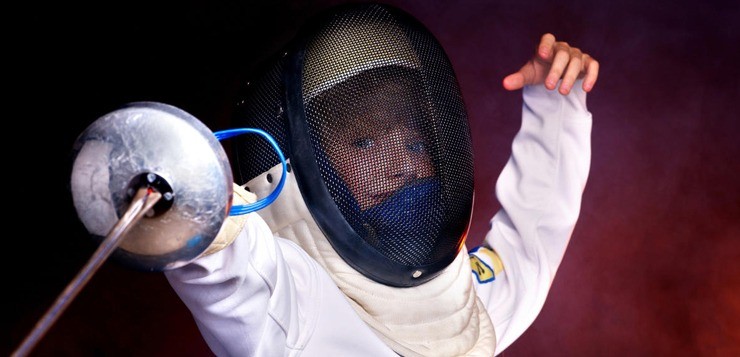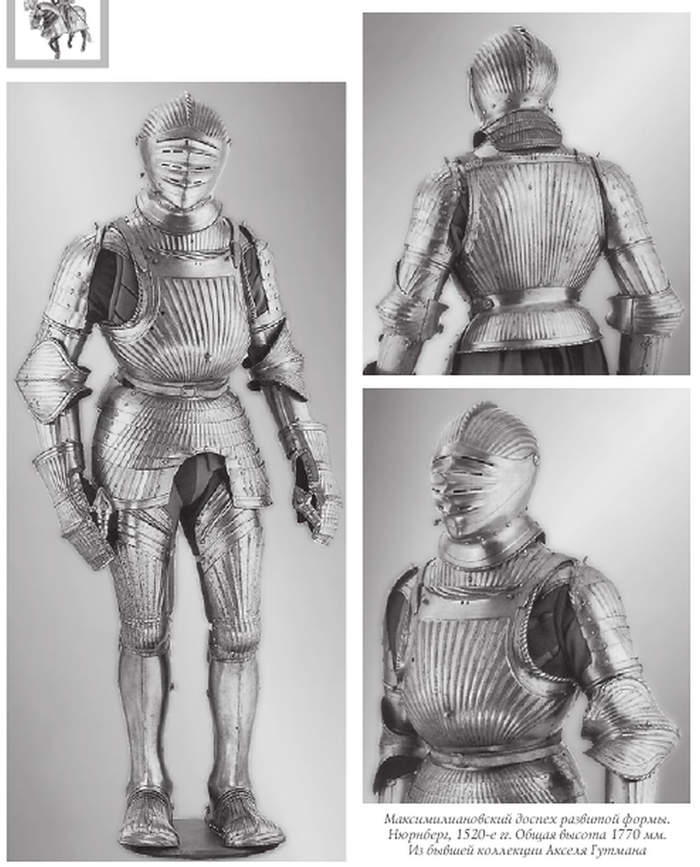Fencing instead of fitness
 Fencing kneads the whole body, all muscle groups and ligaments. Fencing is possible not only with a sword, but also with a sword. This sport enhances strength, endurance, mindfulness.
Fencing kneads the whole body, all muscle groups and ligaments. Fencing is possible not only with a sword, but also with a sword. This sport enhances strength, endurance, mindfulness.
Fencing is an Olympic sport that differs from the rest in that it not only needs to have excellent physical fitness, but also agility, flexibility, a lively mind and quick wits.
In the past, foil or sword fighting was a way to resolve conflicts and usually ended with the death of one of the participants in the fight. In the period between the 18-19 centuries, fencing began to be called and referred to as sports, and from 1986 to this day, fencing is an Olympic sport.
A fencing class develops all muscle groups and kneads the entire body. During fencing, the muscles of the legs and hips have the most significant load, the back muscles help maintain body balance, the abdominal muscles are also actively involved in fencing while maintaining stability, the position of the fencer. The humeral muscles are key to a duel on rapiers, so they should be well trained.
Fencing, like cardio training, improves blood circulation, normalizes blood pressure, helps to strengthen the cardiovascular system, fat burning, speeds up metabolism, heals stress and improves mood, and also develops mental abilities.
Typically, fencers are trained in attack and defense techniques with a rapier, sword, and saber. The rules for dealing with each of these guns have their own characteristics: the difference is which parts of the body are targets for destruction.
Usually athletes do not immediately train on three tools, they choose one and hone their skills on it.
Ski track
At the Olympic Games, fencers compete on the so-called “ski track”, 14 meters long and 1.5 meters wide. The track has a strip covered with a metal mesh, which is fixed in such a way as not to affect the electronic scoring system.
Scramble
Each fight consists of three rounds of three minutes, with an interval of one minute between rounds. The winner is the one who first delivers 15 accurate strikes or more accurate strikes by the end of the meeting. Fencers move back and forth along the track. At each end of the track there is a certain area, at the intersection of which the athlete takes a point.
Equipment
When fencing, athletes need a lot of different equipment, these are its main parts:
Mask – which protects the head. It is made of very dense fabric and has a mesh front or a transparent plastic window in front, and also includes a padding to protect the throat.
A metal plate – which is worn by fencers on rapiers and sabers and registers the touch of the opponent’s guns.
Glove – used to more firmly compress the weapon and protect the hand from accidental contact.
Cord – a thin electric cable under voltage, which ensures the operation of the shock fixation system.
Sports shorts (or knickers) – most often they are white; allow the swordsman to move freely. Made from thick fabric or Kevlar (polyamide-based fibrous material) to protect athletes from cuts.
Shoes are special shoes that allow easy movement on the track.
Weapon
The rapier is a light, flexible weapon, approximately 35 inches (89cm) and weighing less than a pound (370 grams). A strike is counted only by the end of the blade and when it hits the enemy’s torso. Hands, neck, head and legs are not considered.
The epee is the same length as the rapier, but heavier: the epee weighs approximately 27 ounces (764 g), with more protection (to protect the hand from hitting) and a tougher blade. A hit is only protected by the end of the blade. The whole body is considered the target of the hit, so the athlete does not need to wear a metal plate that records the hit.
A saber is a light type of military weapon, and is close in length and weight to a rapier. Unlike rapiers and swords, touch can be counted when hit with both the tip and the tip of the blade. Impacts are protected only above the belt.
Position
The position is considered correct when one leg is located in front and the other in the back. The front foot is straight and forward, and the rear foot at an angle of 90 degrees to it. Legs are three feet apart.
Both legs must be bent so that the athlete can easily move when attacking and defending. A hand with a weapon should be bent at an angle of 45 degrees in front of the fencer, and the other hand should be behind. When moving forward, the front foot should move first, and the hind leg should follow. When moving backward – the opposite.
Do you dream to be in good shape and have an excellent figure, but are you bored with training in the gym and tiring to do aerobics? Then we suggest you do fencing! You will be provided with excellent physical shape and good mood.




